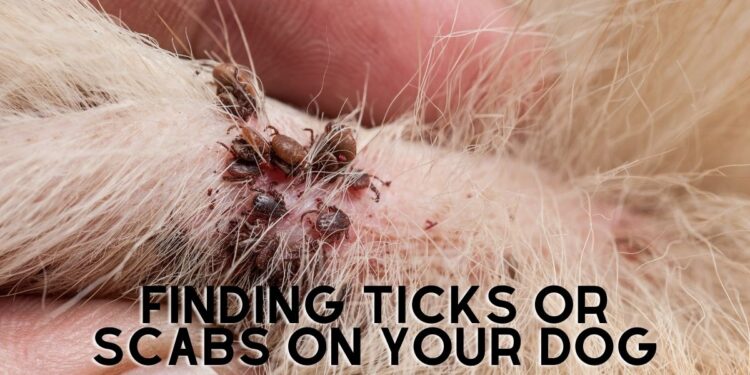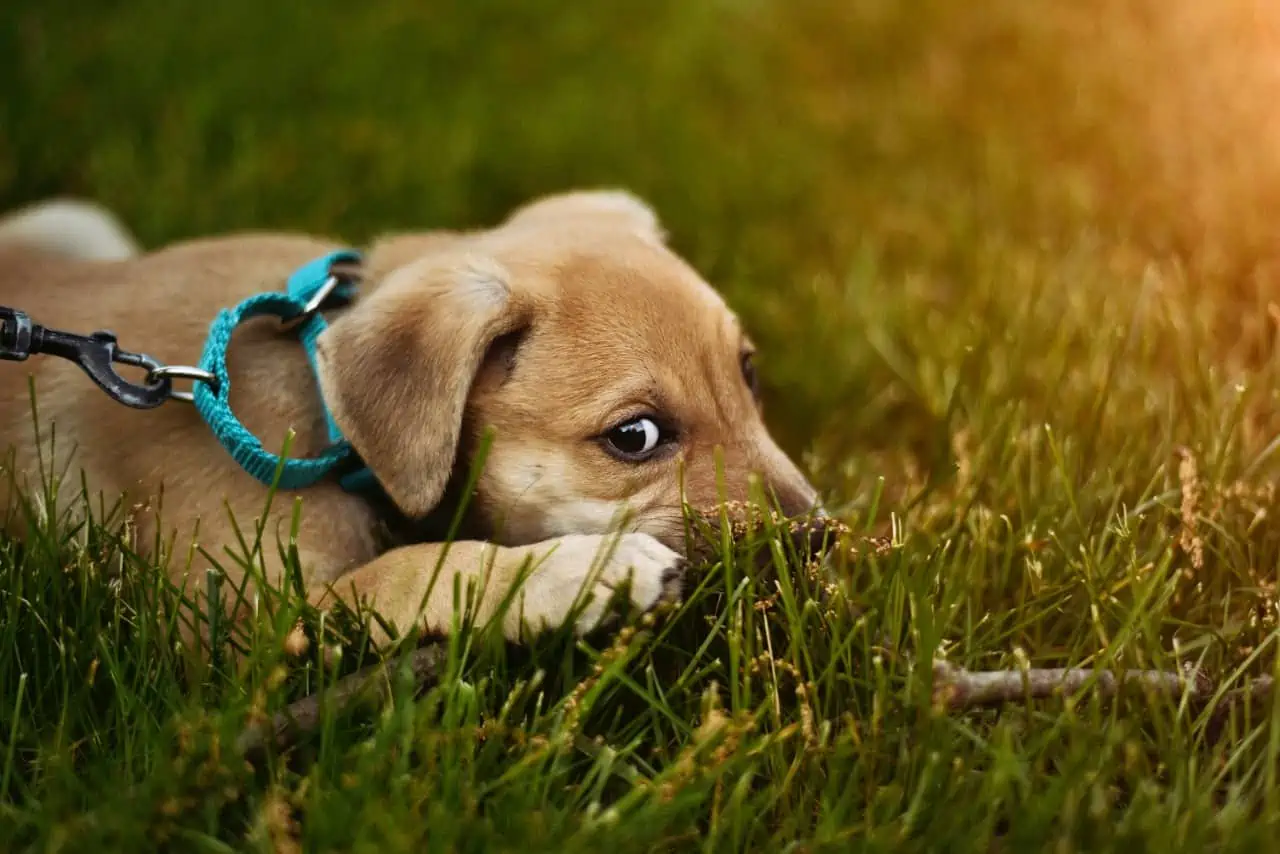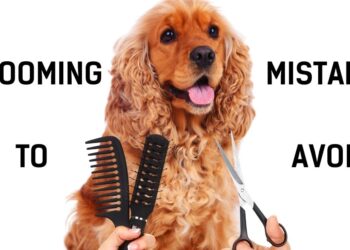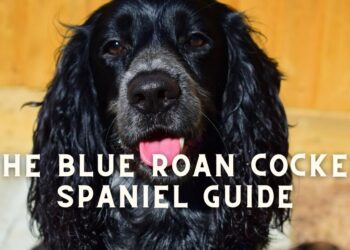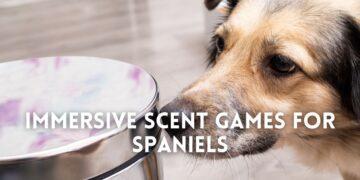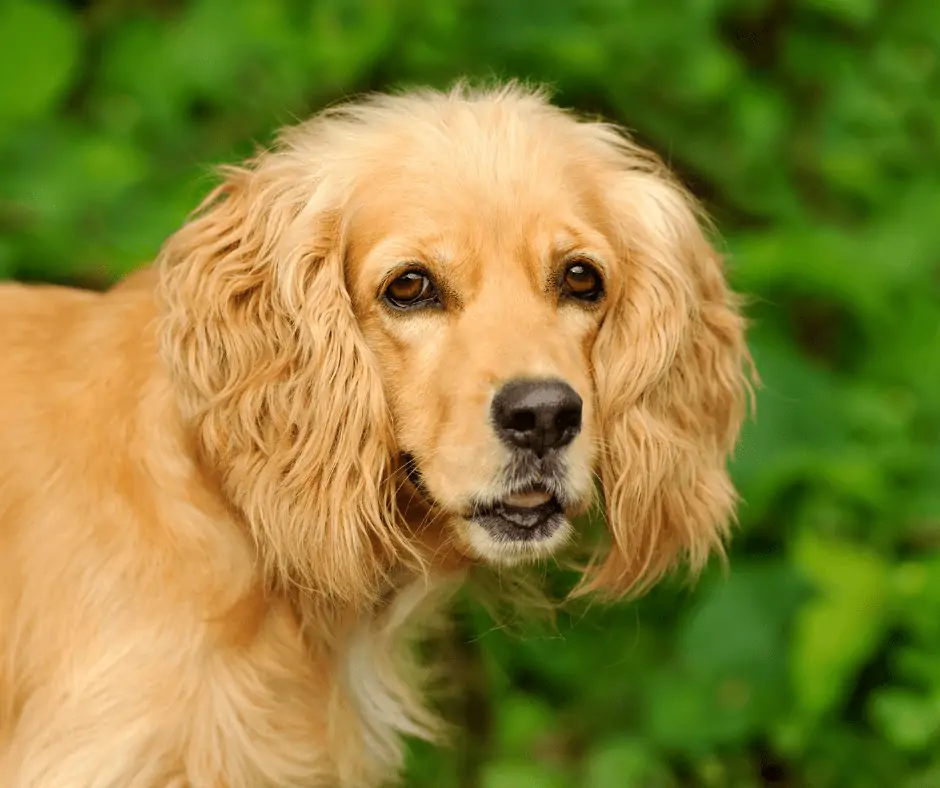Every pet parent has at least once or twice gone through the issue of finding dried dead ticks on dogs or horrible looking scabs on their beloved furry partners. While these creatures may seem tiny, they are one of the leading causes of dogs’ severe health or skin conditions worldwide. Some leave them with red itchy bumps, but others stir up enough side effects to rush your pooch to emergency care.
While both may seem similar at first, ticks are living creatures, whereas scabs are hardened crusts on the skin. Thus, the scabs stay flat on the skin and are typically accompanied by minor blood clots. But, ticks stand out at the spot and try to move away when touched.
Now that we know the primary difference between ticks and scabs in dogs let’s further identify the two.
Table of Contents
What are ticks and scabs?
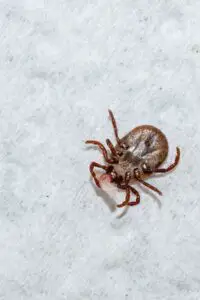
Ticks are typically parasitic, blood-thirsty external freeloaders that thrive by sucking on the blood of their hosts. Commonly affecting both felines and canines, ticks have also been proven to be quite harmful to humans as well as other animal groups. These eight-legged critters nest on grass blades, waiting for their unsuspecting host to pass through them from where they can move to their bodies using their front legs.
Ticks can range from 0.5mm when small to 5 mm upon reaching maturity or by getting enough blood. Their bodies are naturally dark brown or black in colour; however, they might show reddish hues here and there when packed with blood.
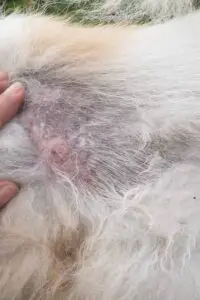
On the other hand, scabs or Superficial bacterial folliculitis is, in fact, a skin infection that is often triggered due to a variety of causes, including the presence of ticks. A simple scratch or bruise may sometimes grow into such sore, painful bumps that tend to aggravate into much more severe instances when left ignored. The same may also rise due to food allergies, excessive scratching, or a previous wound not treated properly.
How do I differentiate between a tick and a scab?
Although both seem to be similarly bumpy initially, following the below-mentioned steps can come in handy when finding the exact answer.
Checking the colour
Depending upon your dog’s skin colour, scabs usually produce the same colour. So a light coloured pupper would have light-coloured scabs, and a dark coloured woofer would have dark ones, as simple as that. This is because they are made up of hardened skin crusts with occasional blood clots as red spots and nothing else.
However, when it comes to ticks, they have dark brown, black or grey colours. So, finding them on light skins is much easier as compared to darker skins. You may need to use a magnifying glass or use a good quality deep rake brush to comb them out of your beloved pooch’s skin.
Physical attributes
Scabs are dry, flaky skin that has developed into crusty layers over time. Thus when scratched lightly, they may either bleed out or leave dead skin cells on your hand. They don’t grow over time, although they can fade away in a few days upon proper treatment.
But on the other side, belonging to the Arachnid family, ticks have eight legs, just like a spider. Their body consists of long legs that help them in the fast movement when small, which, however, gradually appears short as their bodies grow up sucking blood. Thus, if the bump on your dog’s skin increases in size and has an oval shape, it is more likely to be a tick than a bump.
Movement
Ticks are very much alive bloodsucking critters that run away the instant they are touched. Even though grownup ticks might move slowly, they definitely try evading being tracked by changing their target spots every once in a while. This is why dogs with ticks are often found to be having several red bumps all over their body.
Are scabs harmful to my dog?
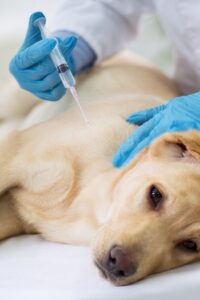
Dogs are curious animals by nature. And even though a few minor scabbing is always expected, large untreated ones can quickly escalate to much more severe health conditions. The infection may attract deadly microbes to infest and breed on the site, while the exposure ends up triggering the bruise endlessly.
Moreover, the dog might also have severe mood swings, snap when touched or whine continuously due to the extreme pain. Some other side effects of untreated infected scabs on dogs include:
- Redness and swelling around the area
- Heated spot
- Sepsis resulting in white, green, or yellow pus secretion
- Severe pain
- Septic shock
- Multi-organ failure
- Onset of manges
- Cancerous or tumorous growths
- Seizures or death
Thus, if your dog has had a scab for more than two days, consulting with a professional veterinarian might end up saving his life and ensure fewer painful episodes.
Should I worry about finding a tick on my dog’s body?
No matter if you found a dried dead tick on your dog or a very much alive crawling one, you definitely need to up your takes. Apart from sucking blood relentlessly and laying eggs on their bodies, ticks are the leading cause of many fatal diseases in animals, including dogs. From causing anaemia to viral infections, some deadly ticks are also known for spreading a rare but deadly condition called ‘tick paralysis‘.
When infected, the dog starts losing its ability to typically coordinate its motor functions, leading to crashes and falls. Afterwards, one side of its body, and sometimes both sides, start to shut down, causing multi-organ failure, breathing problems, seizures, and death.
Hence, experts always advise pet parents to be on the lookout for any weird changes in their pup’s behaviour. These include:
- Excessive scratching
- Unreasonable profuse skin scabs
- Consistent body or head shaking
- Lethargy
- Vomiting
- No appetite
- Red bumpy spots
- Dead ticks on body or floors
- Laboured or rapid breathing
- Changes in appetite
- Uncoordinated movement
- Lyme disease
How do I remove ticks or scabs from my dog?
For Scabs
Unless professionally trained, letting your vet do their work is the best choice. This is because improper treatment can worsen the existing injury even more, therefore exposing it to sepsis or further bruising. You may also want to run your precious pooch through various essential tests at your vet to catch the underlying culprit efficiently.
For Ticks
Unlike the common practice of squeezing the tick out, using a specific tick-removal device is much better. This is because squeezing these pesky little scroungers will only increase the chance of them throwing back the infected blood back into your dog’s body, thereby increasing the infection even more. So, you might want to:
- Gently part the fur from the spot you located the tick.
- Take out your tick-removal device and place it slowly below the tick’s position.
- Once the tool is at the right spot, twist the remover clockwise unless the tick comes loose from its previously attached area.
- Pop the carking creature in a tissue or put them in alcohol
- Repeat the process until you have found and eradicated all ticks from your dog’s body
- Finally, disinfect the instruments and clean your hands properly.
However, unfortunately, this farce doesn’t end here. Ticks are known for their fast breeding and growth mechanisms, and hence proper follow up with specific tick-removal dog shampoos and other prevention options is highly crucial.
Repeat all the processes mentioned above for at least two or three months, and make sure to keep your yards and home clean and disinfected. For more tick control ideas, you can also refer to this article.
Did you have a good time? If you have any questions, please write them down in the comment section below, and we will soon answer them.
If you are a dog lover then, Subscribe to our weekly newsletters. No Spams!
